Puente del Inca
A brightly colored natural bridge formed by mineral-rich hot springs high up in the Andes.
Despite its name, Puente del Inca (Inca Bridge) was not built by the ancient Inca civilization (unless you believe the old story that it was formed when the Inca king’s guards were mineralized in place as they made a bridge for him to walk upon). Rather, it is a natural arch carved by glacial melt, and coated in minerals that formed its brightly colored hues.
The colorful bridge over the Las Cuevas River is located about 120 miles west of Mendoza, and quite a bit higher in the Andes than the town. As you drive up the slopes, the road passes abandoned railroad stations, rocky Inca messenger huts, and glacial valleys, criss-crossing the Mendoza river several times. Arriving at Puente del Inca, you’ll approach a collection of sheds selling local crafts, a few restaurants of varying quality, and more than a few of the omnipresent Argentinian stray dogs. A short walk through the souvenir sheds leads to the bridge.
Many geologic processes contributed to the formation of this unique bridge. It began as a glacial valley (one of many). Then came the mineral deposits, in shades of red, yellow, and brown. The area had several mineral hot springs that led the colorful layers. A river formed later, during the glacial melt, and carved its way through the mineral deposits, forming the natural arch.
A century ago, this area had been a spa resort, with a hotel, a church, and a small village. The spa was tucked into the side of the cliff, almost underneath the natural bridge. Then, a spring flood destroyed the buildings—even carrying the original roof of the church off and depositing it in the middle of a village lower down. Despite this, tourists could still cross the Puente del Inca for years after the disaster, until a more recent flood weakened the bridge to the point that it was deemed no longer safe for foot traffic.
The hot springs have been regarded as therapeutic, including by the Inca, but now they are also used to create mineralized souvenirs. Items are placed in one of the springs for several days until they are crusted over with minerals. The souvenir sheds sold various items, such as glass bottles, that had been treated in this manner.
Know Before You Go
If you visit, dress warmly as, even in the height of summer, a cold wind blows down from the towering mountains. The area of Puente del Inca is located between the two trail-heads for starting a climb to Aconcagua, the highest mountain peak in the western hemisphere.

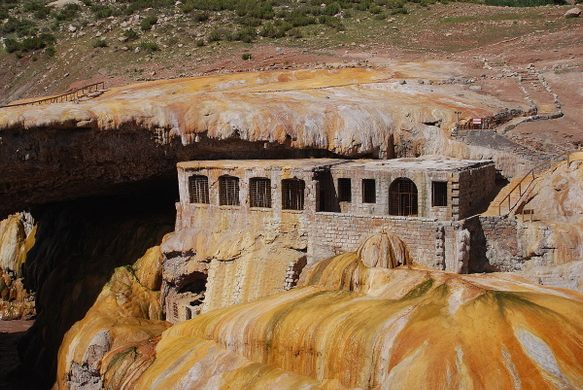
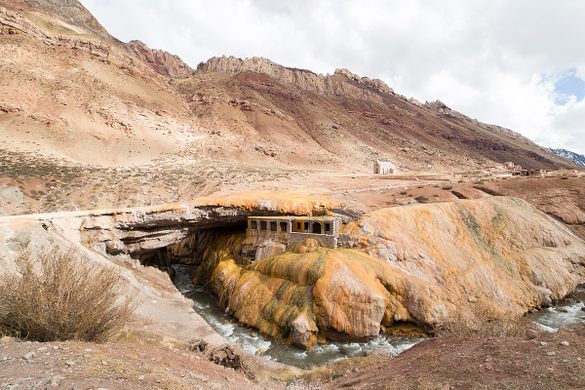
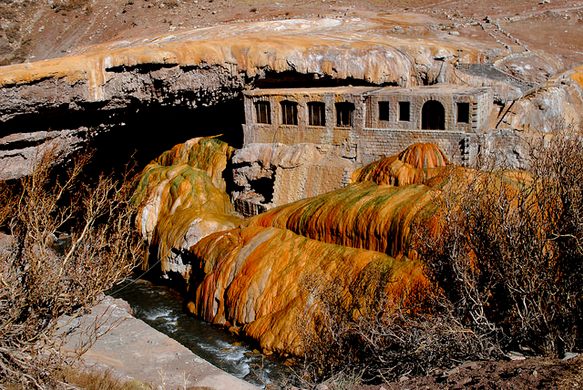






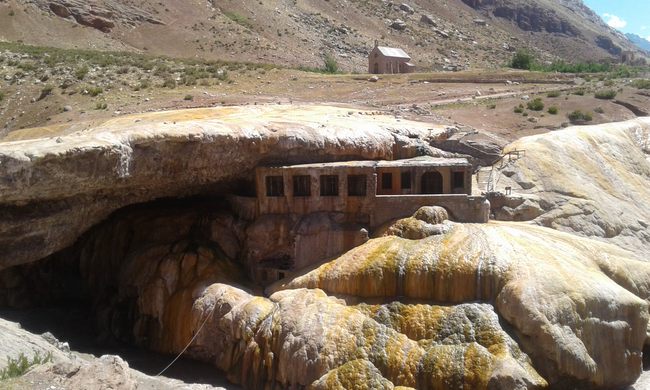

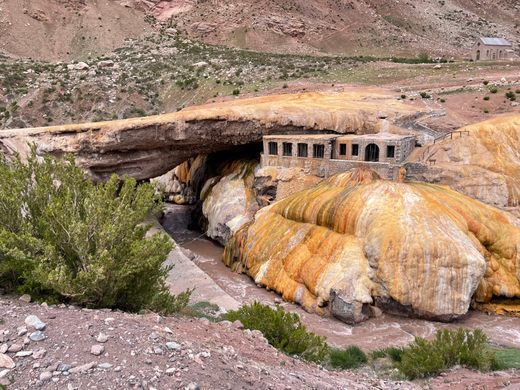






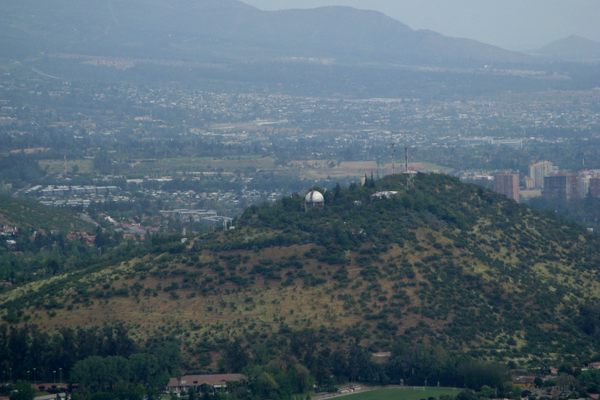
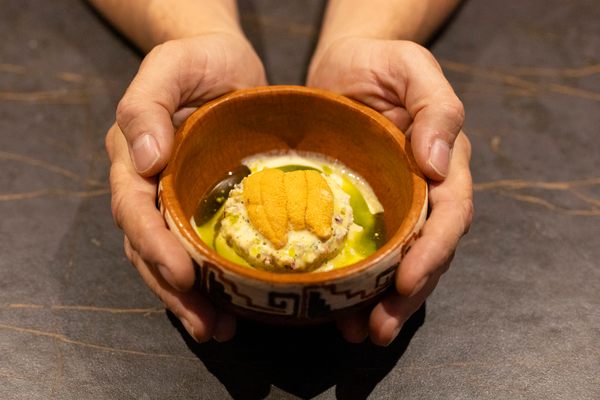
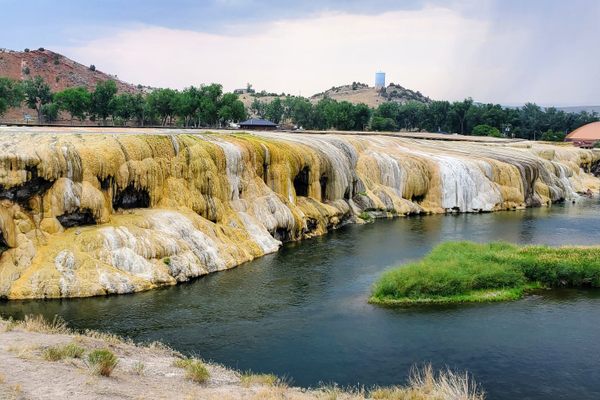




Follow us on Twitter to get the latest on the world's hidden wonders.
Like us on Facebook to get the latest on the world's hidden wonders.
Follow us on Twitter Like us on Facebook